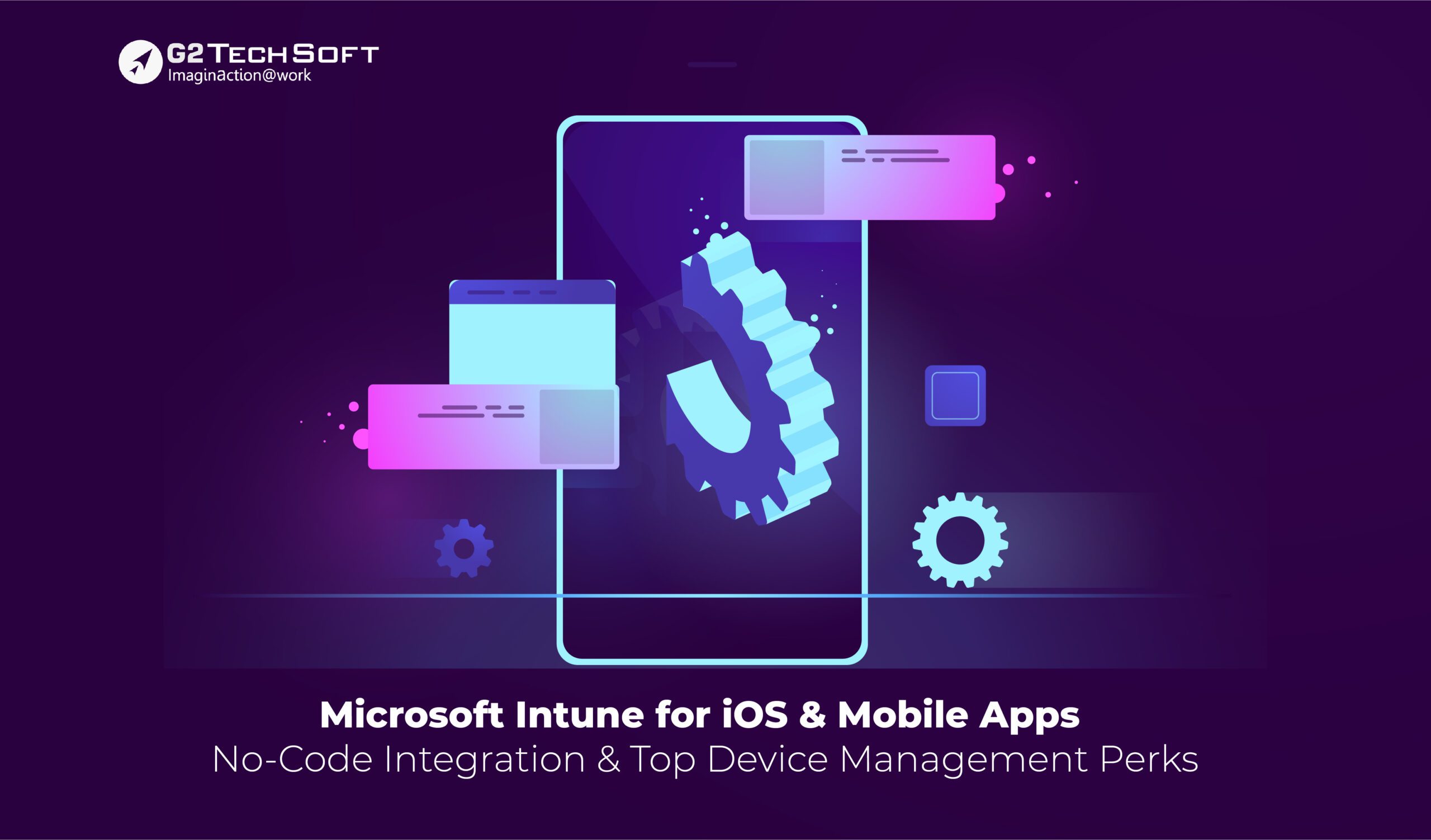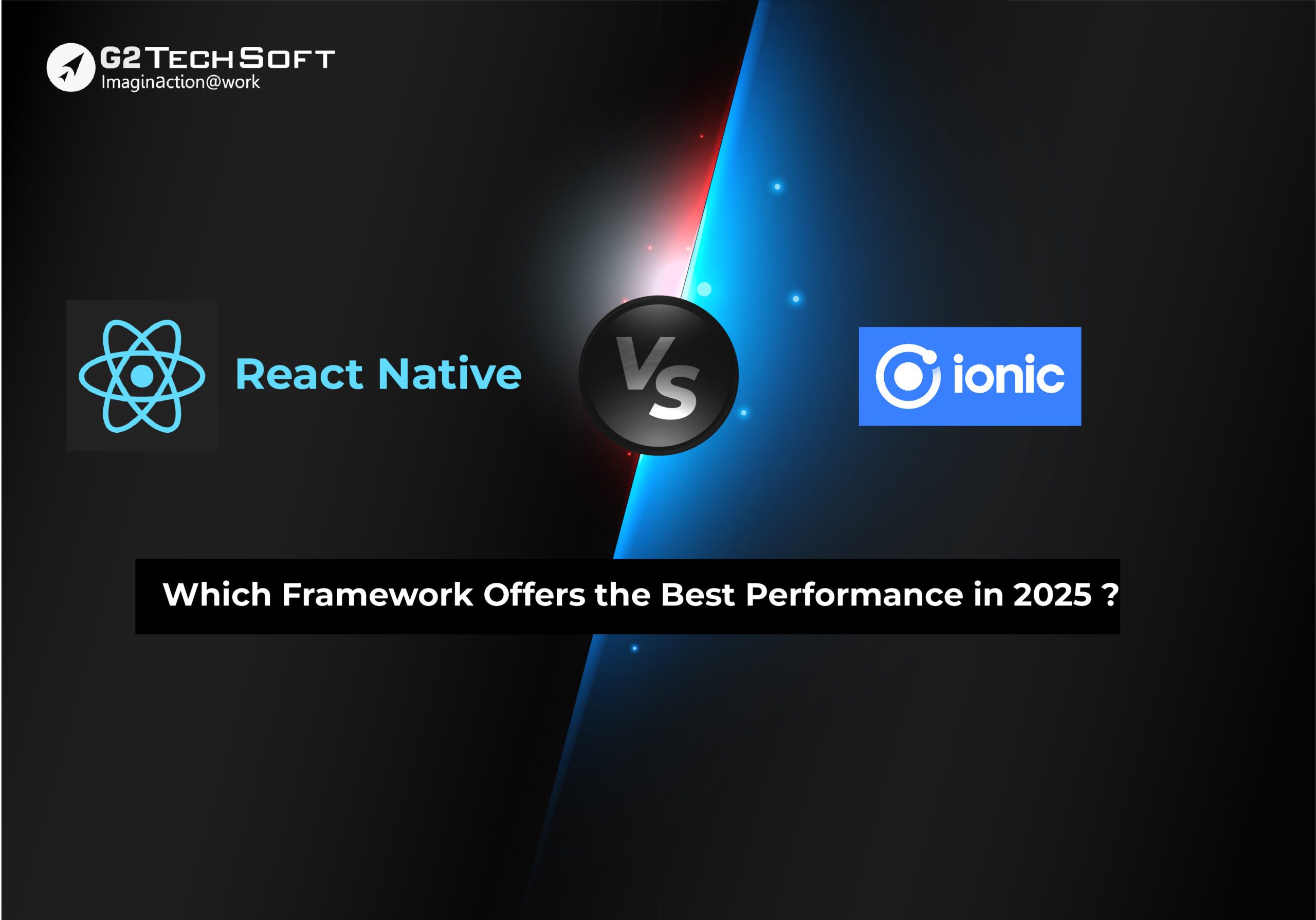
Top API Testing Tools To Consider: Enhance Your Testing Strategy With These Solutions
Practices including DevOps and CI/CD are becoming more popular among product development businesses. And when businesses adopt the microservices architecture, application programming interfaces evolve as the cornerstone of contemporary development.
Software testing tools in the context of API testing examine if all APIs function as intended. API testing is frequently carried out manually or using automation. Firms may select from the finest API testing solutions available based on their needs for API testing.
In this blog, let’s look into the top API testing tools to consider for enhancing your testing strategy with a solution.
API Testing Advantages: Ensure Reliable And Consistent Software Development
The technique of evaluating an API for usability, performance, and security is known as API testing. It qualifies as integration testing.
API testing aids in the logic of the application’s testing. In comparison to UI testing, it takes less time and is more productive. The API testing advantages are as follows:
- Quick execution time: As API testing doesn’t take into account the application, it always takes less time to run.
- UI independent: Before creating UI, API testing may be done early in the program development life cycle. It does not require a UI.
- Consistent results: The API test findings are more reliable and precise.
- Reduced maintenance: As API testing is conducted through HTTP requests and answer calls, any language may be used to write the tests. API testing may be done in any language that supports HTTP requests. Due to APIs’ middle-layer location, testing for them requires substantially less upkeep.
- Integration testing: API testing serves as integration testing; it is possible to combine the various components to carry out the API testing.
- Quick release: The short and simple API tests contribute to shortening the release cycle.
Exploring The Different Types of API Tests: A Comprehensive Guide
Each developer should be aware of the important role that HTTP requests play in testing. But security testing is crucial when it comes to typical forms of API testing because open APIs are often used and many systems also employ partner APIs.
With the use of testing tools, developers may examine several API features, from basic functions to the most important security precautions. To be most successful, API tests must be diverse, many, and repeated frequently. They might range from checking for syntax mistakes and other Javascript problems to enhancing confidential code for a private organization.
On APIs, a variety of tests may be executed:
- Static API security tests examine the source code of apps to identify potential attack surfaces. In these tests, features in the code that could potentially result in violations are sought. They need static tools since they depend on languages.
- In the latter phases of workflow, validation testing examines if an API is functioning as it should in terms of effectiveness, output, and behavior.
- To guarantee backend and frontend cohesiveness, UI testing offers information from the end-user perspective.
- Functional testing in software testing examines API operations against certain scenarios to assure desired outcomes.
- To identify threats, dynamic API security tests include active testing that mimics real-world attacks. They may show up in open-source or internal code components.
- Later in the pipeline, when non-experts are reviewing an API to look for vulnerabilities, penetration testing takes place.
- Fuzz testing examines a system’s capacity for handling an excessive amount of “fuzz” or data to test for the worst-case scenarios.
- When the complete or a portion of the codebase has also been executed, load testing occurs. It examines how well apps work and execute under ideal and undesirable circumstances.
- APIs are put through error and runtime testing against a common codebase to detect mistakes, resource leaks, and monitoring needs.
- An API’s defense against access control planning, external threats, encryption techniques, and authorization and authentication are all examined during security testing.
- Software composition analysis examines an application’s dependency graph before comparing it to a database of security risks. If any are discovered, your team gets notified, allowing you to handle the problem right away.
Best API Testing Tools: Top 10 Solutions For Streamlining Your Testing Process
The top 10 automated software testing tools have been mentioned below:
ACCELQ:
One of the best tools for API automation testing, ACCELQ enables businesses to start API testing at the beginning of the software development cycle. This is essential to finding API bugs before they cause serious issues.
Moreover, ACCELQ allows for continuous testing of both UI and API components. It provides full support for the technological stack, which includes legacy systems and online applications. It is a single strategy for testing backend APIs that supports databases, mainframes, and message queues. Native integration with DevOps technologies is one of its primary features.
Postman:
This API service testing tool was first made available as a Google Chrome plugin. Postman is compatible with Mac and Windows.
Users may arrange API components, such as testing, mock servers, and documentation created from API schemas, using Postman’s version 7.3. It provides full support for the technological stack, which includes legacy systems and online applications.
It is a single strategy for testing backend APIs that supports databases, mainframes, and message queues.
Ready API:
An effective functional testing tool that is also appropriate for API testing is called Ready API. This API testing tool’s key features include the ability to quickly test web services, including SOAP and REST APIs.
It offers access to the whole source code, and drag-and-drop and point-and-click capabilities make it simple to create test cases.
JMeter:
Another free tool for testing functional APIs is JMeter, which is built for load testing. This tool offers each feature required for testing APIs.
For instance, this tool works with CSV files and seamlessly integrates with Jenkins.
Rest Assured:
Rest Assured is a Java-based API testing tool that is one of the finest HTTP-based REST solutions. Any framework for automation testing that is based on Java may simply integrate with this tool.
Moreover, this testing tool does not require users to be specialists in HTTP.
Karate DSL:
Without having to write the defining steps, users of this API testing tool may construct situations for API-based BDD tests.
To speed up the API testing process, Karate DSL essentially writes the defining stages by itself.
Furthermore, Karate now supports a variety of new functions in version 1.2.0, including improved single-call caching, HTML reports, and tree walking in UI testing.
Assertible:
Assertible, a tool well-liked by API developers, automates API testing at each level, from continuous integration through delivery pipelines.
With well-known applications including Zapier, GitHub, and Slack, integration is simple. Moreover, it allows the use of ready-to-use assertions for HTTP response validation.
Fortress API:
An open-source tool for continuous API testing is called API Fortress. QA teams may automate both performance and functional testing using this solution. Monitoring REST and SOAP is strongly supported.
Katalon Studio:
Automation testing tools for APIs, mobile applications, online applications, and Windows applications are provided by Katalon Studio. Its user-friendly tool interface supports REST, HTTPS, and SOAP queries. It integrates functionality from Postman, WSDL, Swagger, and WADL and is data-driven for better test coverage and dependability.
Hoppscotch:
The Postman tool should be replaced by Hoppscotch, an open-source API testing tool. Hoppscotch can swiftly produce API queries thanks to its simple UI design, saving crucial development time.
The primary capabilities of this compact testing tool comprise data transmission and reception utilizing the SocketIQ server, as well as full-duplex communication using a single TCP connection. It can answer GraphQL questions.
Key Takeaways:
API testing may be carried out automatically or manually. The list of test cases is kept up-to-date in the repository using the manual testing approach. The API test cases, including API contracts, status codes, etc., must be manually verified by the QA team or developer by submitting HTTP queries.
Manual API testing takes time, similar to any other manual testing method, and thus slows down the release cycle. The ability to automate API testing is offered by several API products.
To automate the release cycle, certain technologies may be incorporated into the CI/CD pipeline. As a result of the best API automation framework’s quick results and the removal of the QA/Dev requirement, the code may be released more quickly. For any queries, G2 TechSoft is your one-stop solution. Connect with us.




